How the English Acquired a Taste for Gin
The history of gin originates not in England, but in the Netherlands. English soldiers landed there in the early 17th century - in the context of the Thirty Years' War - and discovered Jenever, a spirit whose main flavor comes from juniper berries. Already consumed by the Dutch, it was adopted by English troops to galvanize themselves before combat (hence the nickname "Dutch Courage"). Subsequently, this new alcohol was introduced to the British Isles, where it took the name gin, and experienced a real boom under the reign of William of Orange.
From the Cinchona Tree to Quinine
Cinchona is a shrub of the Rubiaceae family, like coffee and gardenia, whose discovery of its virtues is shrouded in mystery and legend. However, in the early 17th century, a Jesuit, Salumbrini, observed that the Peruvian Quechua Indians used the bark of this small tree to treat chills related to fever. Thereafter, the priest undertook to send a sample of this remedy to Rome, where malaria had been raging since antiquity. Peru long maintained a monopoly on cinchona, until the Dutch managed, through smuggling, to carry seeds to the island of Java, making Indonesia the primary source of supply in the mid-19th century, followed by British plantations in Sri Lanka, Darjeeling, and the Nilgiri "Blue Mountains".

However, it was in France that two scientists isolated in 1820 the alkaloids - including the famous quinine - present in cinchona bark, thus paving the way for mass use of this fever remedy. In this regard, as early as 1840, English military and civilians were already consuming 700 tons of this bark per year to extract the precious quinine.
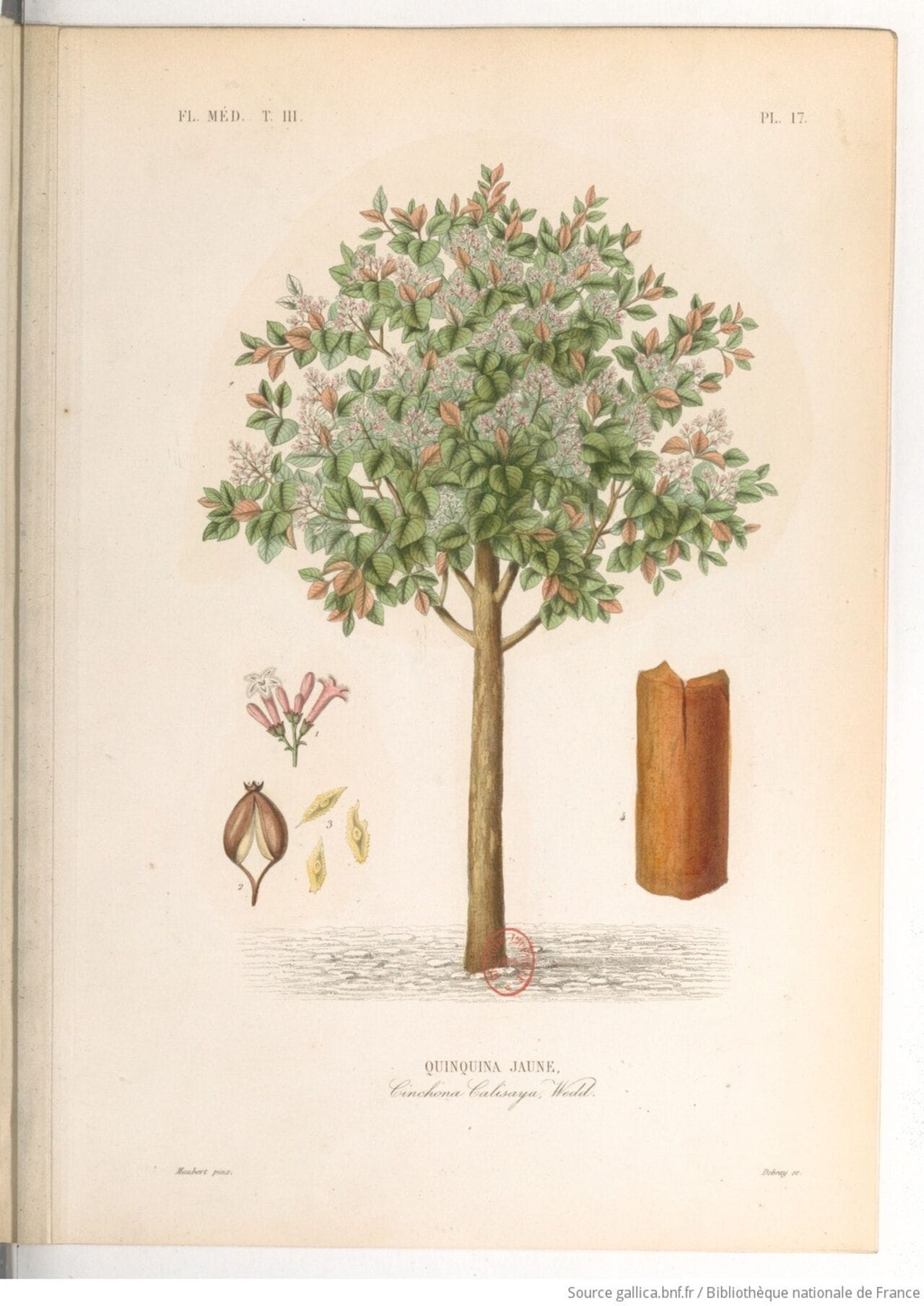
Birth of Gin & Tonic
How did the idea of mixing gin with tonic come about? In the 18th century, the Royal Navy was an institution whose alcohol consumption obeyed hierarchy considerations: rum and beer for sailors; gin being the privilege of officers. Generally, products containing quinine were mixed with wine or other alcohols to soften their natural bitterness. Following this tradition, officers of the Indian army naturally began adding sugar and a little gin to their quinine dose.
In 1858, a London entrepreneur, Erasmus Bond, was the first to market his brand of Tonic Water - a carbonated water also containing sugar, fruit essences, and a little quinine - followed in 1870 by the Indian Quinine Tonic of a famous brand still present today. The British East India Company and the British army quickly adopted this product, sometimes enhanced with lime - in the form of juice or zest - to combat another scourge: scurvy. From then on, all the ingredients were in place for a new drink to be born.
While the date of the first mixtures of gin with tonic cannot be established precisely - due to lack of written sources - it was in 1868 that the first reference to Gin & Tonic, as a cocktail, appeared in an article in the Oriental Sporting Magazine reporting on the closing evening of a horse race in Punjab. Subsequently, this drink would become a typical refreshment of the Victorian era, highly prized at the first signs of summer heat. However, it wasn't until the second half of the 20th century that Gin & Tonic found its place in the United States, even reaching the White House, as John Kennedy was notoriously fond of it. The consumption of this cocktail became widespread, with growing success in the 80s, sometimes at the expense of the quality of ingredients.
Citadelle Gin at the Heart of the Gin & Tonic Renaissance
It was in remembering this last period that Alexandre Gabriel had the idea, in 1996, to restore the nobility of this spirit steeped in history, by creating the very first craft gin in the world: Citadelle Gin. A visionary initiative, since on the eve of the 2000s, Gin & Tonic was about to experience a new revolution by entering the realm of gastronomy thanks to internationally renowned chef Ferran Adrià of the triple-starred restaurant El Bulli. It was armed with a bottle of Citadelle Gin that he appeared on television to present the gin and tonic as a real gastronomic act. Indeed, the particular blend of aromas of Citadelle Gin, obtained through the process of progressive infusion, lends itself perfectly to the innovative approach of this iconic drink. Served in a large balloon glass or in the traditional Highball, accompanied by a citrus zest, a sprig of rosemary, or any other variation to your taste, our authentic château gin, associated with your favourite Tonic, will undoubtedly work wonders and transform your cocktail into an unforgettable experience.
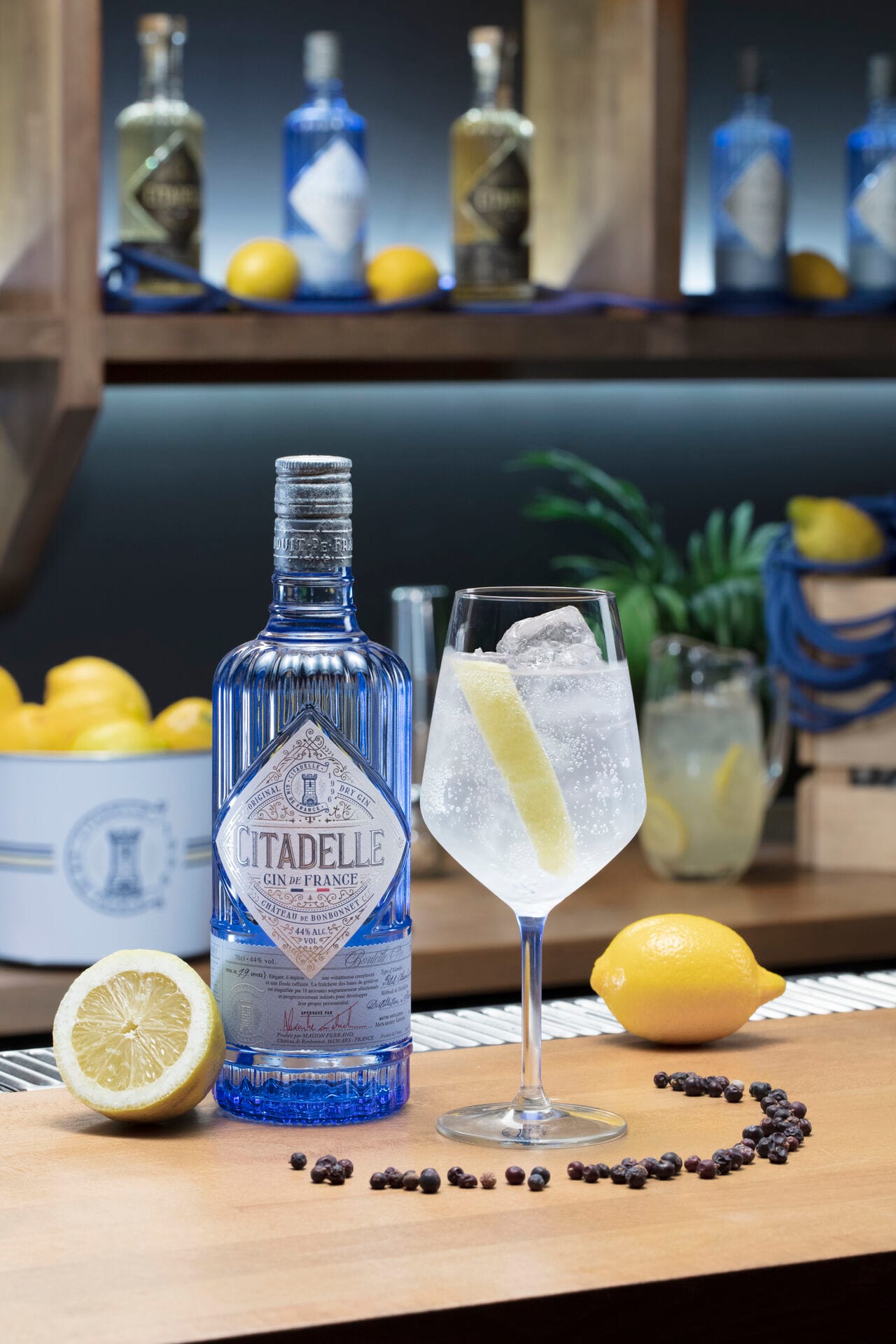

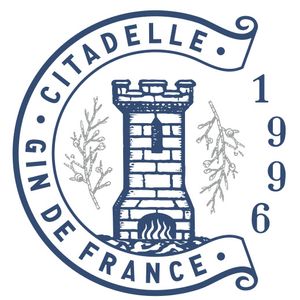
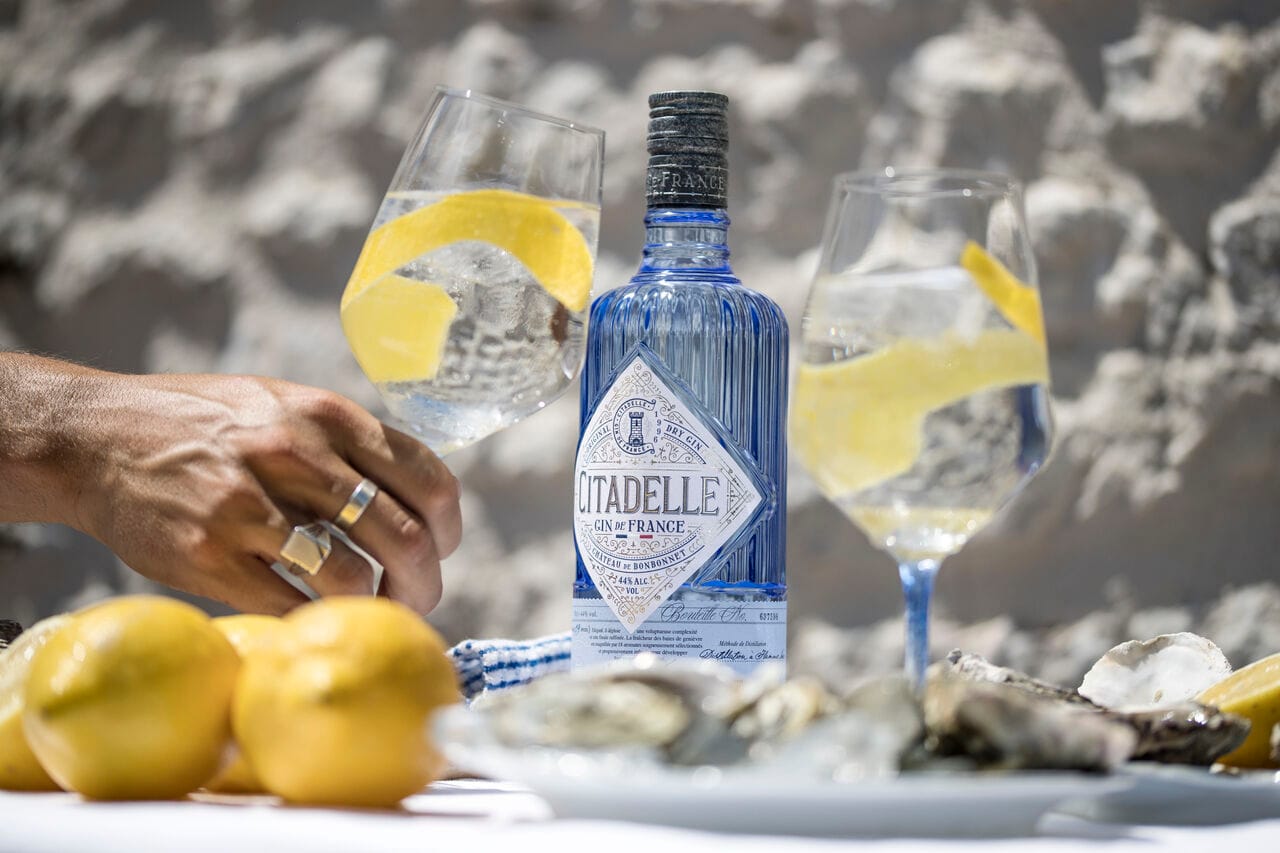

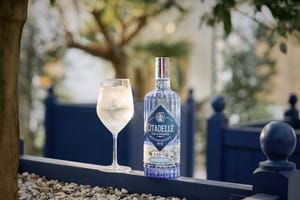
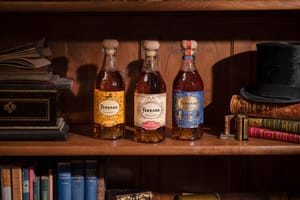
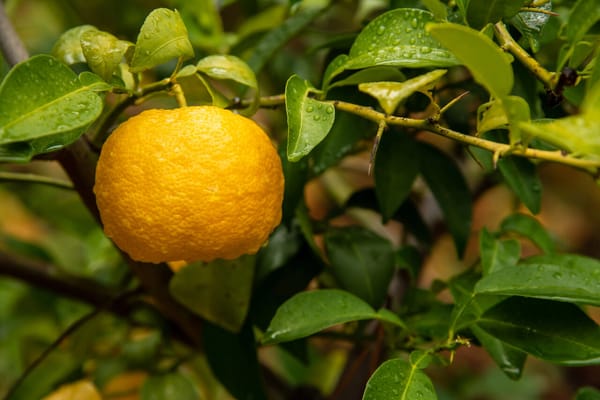
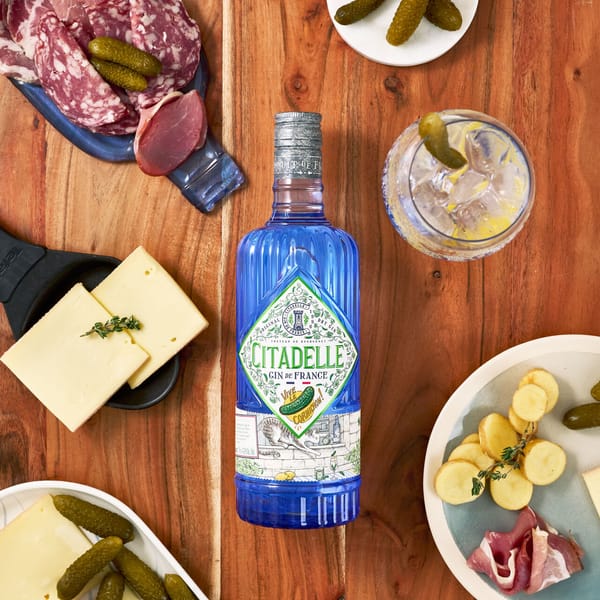
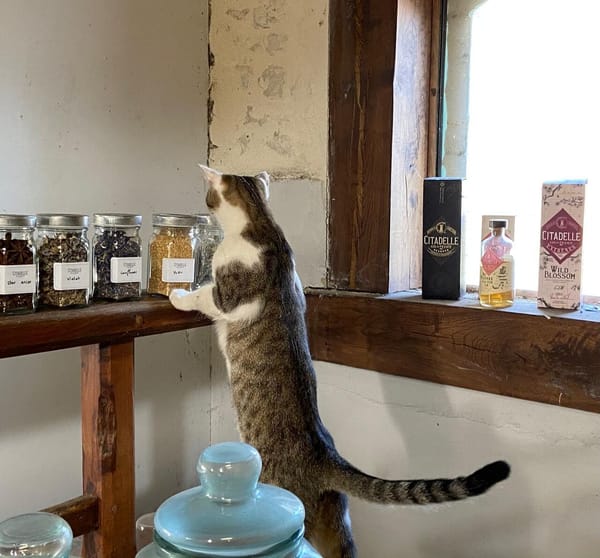
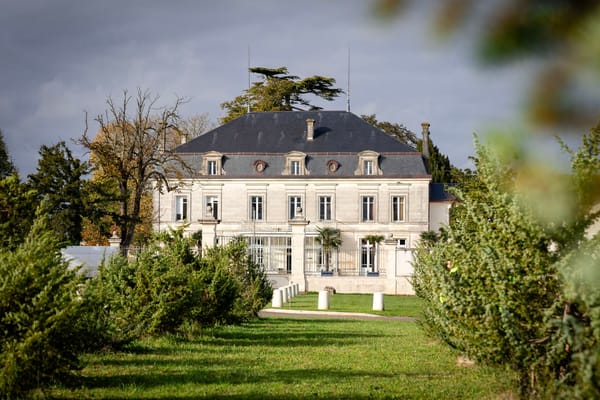
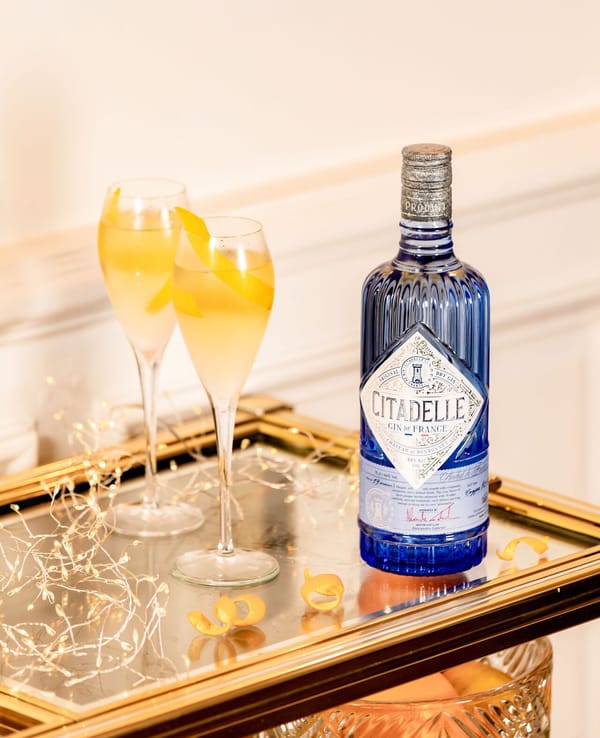
Member discussion